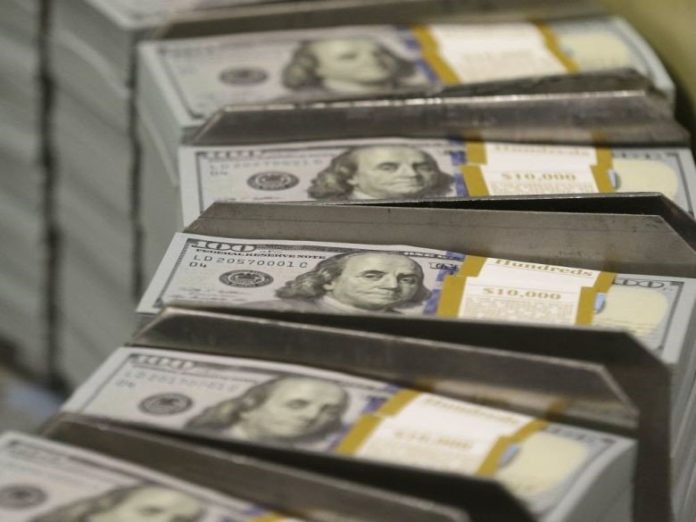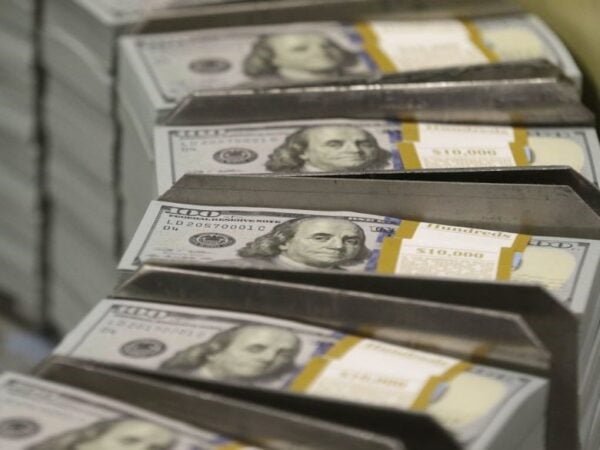There is pressure on the US dollar from entities like the IMF and nations like Saudi Arabia. But how bad is it?
We previously reported that Russia and the Saudis signed an agreement some believed would be the end of the US ‘Petrol’ Dollar. The USD was the currency used in oil trades and this was likely being replaced in an agreement between Russia and Saudi Arabia.
As far back as 2011, the IMF thought it would be a good idea to replace the USD as the world’s reserve currency.
The International Monetary Fund issued a report Thursday on a possible replacement for the dollar as the world’s reserve currency.
The IMF said Special Drawing Rights, or SDRs, could help stabilize the global financial system. SDRs represent potential claims on the currencies of IMF members. They were created by the IMF in 1969 and can be converted into whatever currency a borrower requires at exchange rates based on a weighted basket of international currencies. The IMF typically lends countries funds denominated in SDRs
A report from Wolfstreet discusses the current situation of the USD as the world’s reserve currency.
The global share of US-dollar-denominated exchange reserves declined to 59.15% in the third quarter, from 59.23% in the second quarter, hobbling along a 26-year low for the past four quarters, according to the IMF’s COFER data released today. Dollar-denominated foreign exchange reserves are Treasury securities, US corporate bonds, US mortgage-backed securities, and other USD-denominated assets that are held by foreign central banks.
In 2001 – the moment just before the euro officially arrived as bank notes and coins – the dollar’s share was 71.5%. Since then, it has dropped by 12.3 percentage points.
In 1977, when inflation was raging in the US, the dollar’s share was 85%. And when it looked like the Fed wasn’t doing anything about inflation that was threatening to spiral out of control, foreign central banks began dumping USD-denominated assets, and the dollar’s share collapsed.
The plunge of the dollar’s share bottomed out in 1991, after the inflation crackdown in the early 1980s caused inflation to abate. As confidence grew that the Fed would keep inflation more or less under control, the dollar’s share then surged by 25 percentage points until 2000 when the euro arrived.
Since then, over those 20 years, other central banks have been gradually diversifying away from US dollar holdings.




